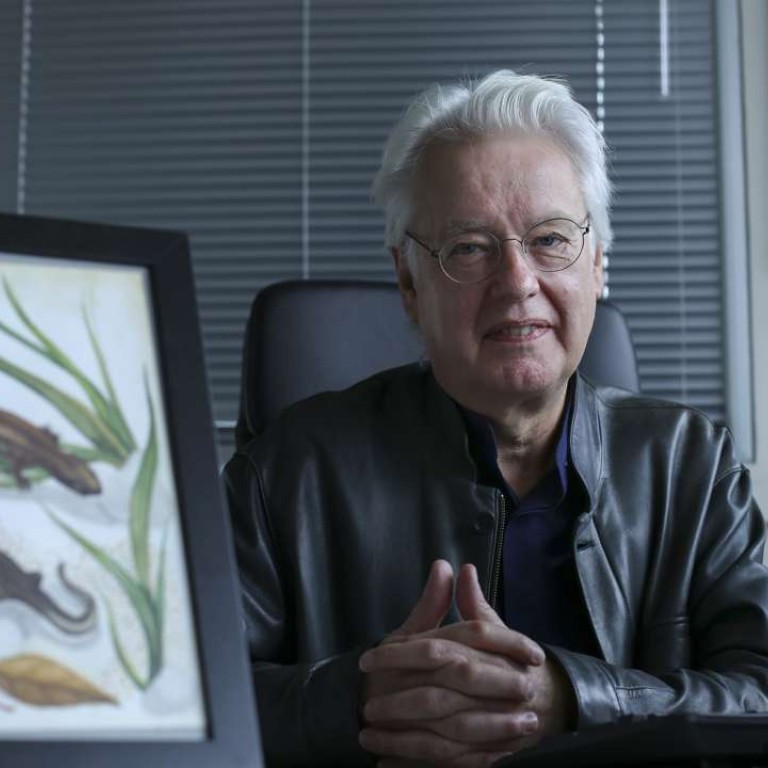
Rare Hong Kong species at risk, warns co-author of new report showing huge impact of climate change on nature
HKU professor says creatures like the paradise fish, short-legged toad and Hong Kong newt will have nowhere to go as habitats shrink
More than 80 per cent of core ecological processes ranging from the genetic activity of plants to the size of habitats are feeling the brunt of a changing climate, an international study involving scientists from Hong Kong has found.
The findings of the 18-month study – published in the scientific journal on Friday – add further weight to mounting scientific literature that the adverse effects of climate change are not a phenomenon over the horizon but a clear and present danger.
“We hope to steer governments in the right direction and deliver the message that climate change is not just a projection and that the effects on ecological processes are already happening,” said co-author Professor David Dudgeon, director at the University of Hong Kong’s School of Biological Sciences.
“A changing climate is forcing plants and animals to adjust their distribution in accordance to how temperatures are changing.”
Led by the University of Florida, with participation from scientists at HKU and institutions from Belgium to mainland China, the team found that 82 per cent of 94 ecological processes evaluated globally showed evidence of biological response to a one degree Celsius rise in temperature – the mean increase since pre-industrial levels.
These processes ranged from genetic activity, species’ physiology and size, species abundance, seasonal migration and breeding times, and even the size of habitats. They were studied at different scales from organism level to community level.

Data showed that marine, freshwater and terrestrial ecosystems and their species were all affected. The researchers believe continued changes would have “consequential impacts” on people, ranging from an increase in pests and outbreaks of disease, to unpredictable changes in fisheries and falling agriculture yields.
“Genes are changing, species’ physiology and physical features such as body size are changing, species are moving and we see clear signs of entire ecosystems under stress, all in response to changes in climate on land and in the ocean,” study lead author Dr Brett Scheffers of the University of Florida said.
While Hong Kong was not mentioned specifically in the study, Dudgeon said examples of species at risk of climate change in the city included the paradise fish, short-legged toad and Hong Kong newt. These would fail to adapt by adjusting their ranges due to the city’s already heavily built-up urban environment.
Species such as the endemic Hong Kong newt, which breeds only in the coolest months, and the giant spiny frog – found almost exclusively near the summit of Tai Mo Shan, Hong Kong’s highest peak – were even at risk of extinction as they “would have nowhere to go as the climate warms”.
The World Meteorological Organisation announced on Wednesday that 2011 to 2015 had been the five hottest years on record.
“Its a wake-up call,” Dudgeon said. “This paper shows an ecological finger print of only one degree Celsius of global warming. What will be the effect of two or three degrees?”
Correction: A previous version of this article cited 'Nature' as the journal the study was published in. The study was published in the journal 'Science'

